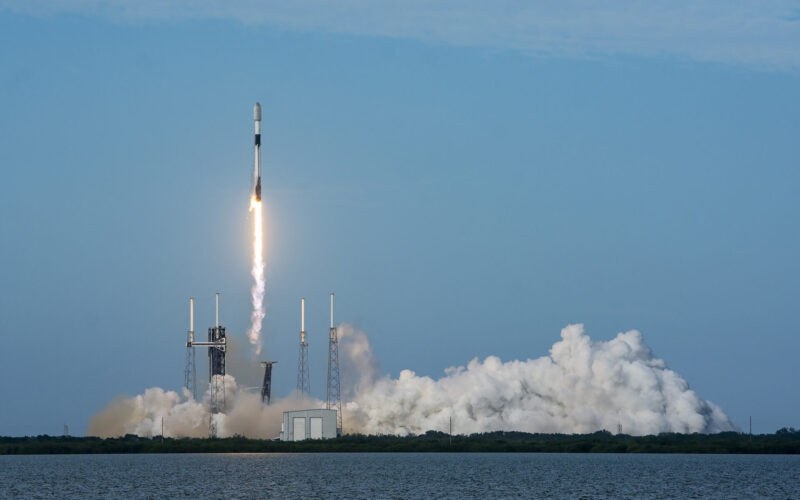SpaceX is set to launch 24 second-generation Starlink internet satellites into low-Earth orbit (LEO) aboard a Falcon 9 rocket.
Liftoff from Space Launch Complex 40 (SLC-40) at Cape Canaveral Space Force Station is scheduled for November 11, 2024, at 16:02 local time. This mission, called Starlink 6-69, will mark the 74th launch of Starlink satellites and the 108th flight of a Falcon 9 rocket in 2024.
Additionally, this is the 12th flight for the first stage booster on this mission. It has already launched Euclid, Axiom-2, Axiom-3, Cygnus NG-21, SES 24, CRS-30, and five Starlink missions.
The first-stage booster is expected to land just over eight minutes after launch on SpaceX’s drone ship ‘A Shortfall of Gravitas’, located in the Atlantic Ocean.
On the morning of November 11, 2024, SpaceX shared on X that the launch, which was originally set for the evening of November 10, 2024, was postponed due to “unfavorable recovery weather conditions”.
“By late November 10, 2024, the high pressure will begin to weaken and exit to the east allowing a weak tropical trough to enter the region from the south”, according to a weather forecast from the 45th Weather Squadron issued on November 9, 2024. “This trough will bring a much deeper layer of moisture and therefore increased chances for showers and even isolated thunderstorms, especially later into November 11, 2024.”
So far, SpaceX has launched 104 rockets in 2024, with nearly 70% aimed at expanding the Starlink megaconstellation. The company aims to reach its goal of 144 missions in 2024, Bill Gerstenmaier, the Vice President of Build and Flight Reliability at SpaceX said during a hearing of the US Senate’s Subcommittee on Space and Science in October 2024.
Starlink is the first and biggest satellite network in the world. This network consists of thousands of satellites that circle the Earth at around 550 kilometers, ensuring global coverage. These satellites have been placed in low Earth orbit to ensure connection speeds between them and the Earth are as fast as possible.

